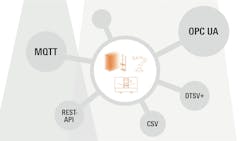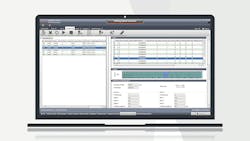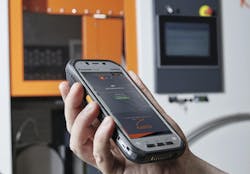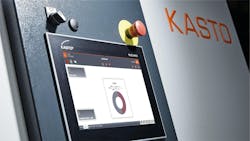Kasto connects machines and ERP systems for a digital process chain
Key Highlights
- Kasto sawing operations focus on creating a continuous digital process chain by using open standards like OPC UA and MQTT to network sawing machinery with ERP, warehouse and other processing systems.
- Optimization software like Kastooptisaw can maximize material usage and minimize waste by automatically calculating the most efficient cutting plan based on specific stock and machine parameters like kerf width.
- Control and monitoring are shifting toward mobile, real-time access and simplified user interfaces that provide engineers with system status and error messages through secure, encrypted connections.
More than 180 years ago, Karl Stolzer founded a carpentry business in Achern, Germany. After 100 years of sawmill construction, Kasto, a portmanteau of its founder’s first and last names, patented its first metal hacksaw. The company has changed and evolved over the years, expanding globally and developing not just sawing machinery, but storage system equipment.
Kasto has built innovative upgrades, such as a drive system that feeds surplus energy back into the grid and using robotics to create a smaller storage footprint.
The next step in Kasto’s evolution allows these systems and machines to communicate autonomously with one another.
"When it comes to sawing, we no longer focus solely on the individual machine; we consider the entire material flow," explains Sönke Krebber, member of the management board at Kasto. “Our experts develop solutions that optimize cutting strategies, automate processes and intelligently network machines. Interfaces play a vital role in this aspect. We have been offering OPC UA and various other standards for over a decade. This integration turns every saw cut into a component of a well-designed digital process chain, ensuring maximum efficiency, safety and transparency for our customers.”
System connection
Kastolink is designed to enable seamless networking of Kasto saws with other processing machines, storage systems or warehouse management and enterprise resource planning (ERP) systems. The idea is to create a continuous, digital process chain from order to production, enabling integration with Kasto systems and flexible connections to machines from other manufacturers. Users can network their Kasto products with the entire IT and machine environment through interfaces such as open platform communications unified architecture (OPC UA), message queuing telemetry transport (MQTT), representational state transfer application programming interface (ReST API), DSTV+ for computer-aided design (CAD) programs and CNC machinery, computer system validation (CSV) or Kasto's own link.
During the sawing process, operators want to optimize the process by maximizing material usage while minimizing waste to keep resource consumption and costs lower. Fully integrated into the Kastologic software, Kastooptisaw assigns stored bar stock to specific sawing orders, considering various machine parameters such as kerf width and minimum kerf length (Figure 1). It is designed to handle bars, tubes and profiles of different lengths and miter angles to minimize waste. This also saves storage space, as unusable remnants no longer need to be returned to storage. Kastooptisaw also assists at the saw by automatically determining the most efficient cutting plan, repeatedly exploring various possible section arrangements and combining them to find the optimal cut. Cutting plans aos can be made manually using a graphic wizard based on geometric data. The wizard can also be used to select different stock.
Mobile control and monitoring
Kastoapp provides a real-time overview of the status of all the Kasto sawing machines within the network (Figure 2). When a saw is operating in automatic mode, the app accesses the information stored in the respective machine control systems. Individual or simultaneous users receive precise information about all relevant parameters, including data related to the article, cut-off lengths, target and actual quantities, as well as feed rates and cutting speeds. In the event of an error during operation, the app displays the relevant error message. To ensure security, Kasto transmits data through encrypted connections with hypertext transfer protocol secure (HTTPS) and using its own servers located in Achern (Figure 3).
New control generation
Kasto plans to launch its new control generation in early 2026 as part of its comprehensive package of intelligent systems (Figure 4). The new user interface will include a "Simple Mode" to allow for quick processing of sawing orders with fewer clicks, while access via a browser will provide machine control via a PC or tablet. Data will display on the dashboard, and context-related help will be available to provide targeted assistance.
About the Author
Mike Bacidore
Editor in Chief
Mike Bacidore is chief editor of Control Design and has been an integral part of the Endeavor Business Media editorial team since 2007. Previously, he was editorial director at Hughes Communications and a portfolio manager of the human resources and labor law areas at Wolters Kluwer. Bacidore holds a BA from the University of Illinois and an MBA from Lake Forest Graduate School of Management. He is an award-winning columnist, earning multiple regional and national awards from the American Society of Business Publication Editors. He may be reached at [email protected]
